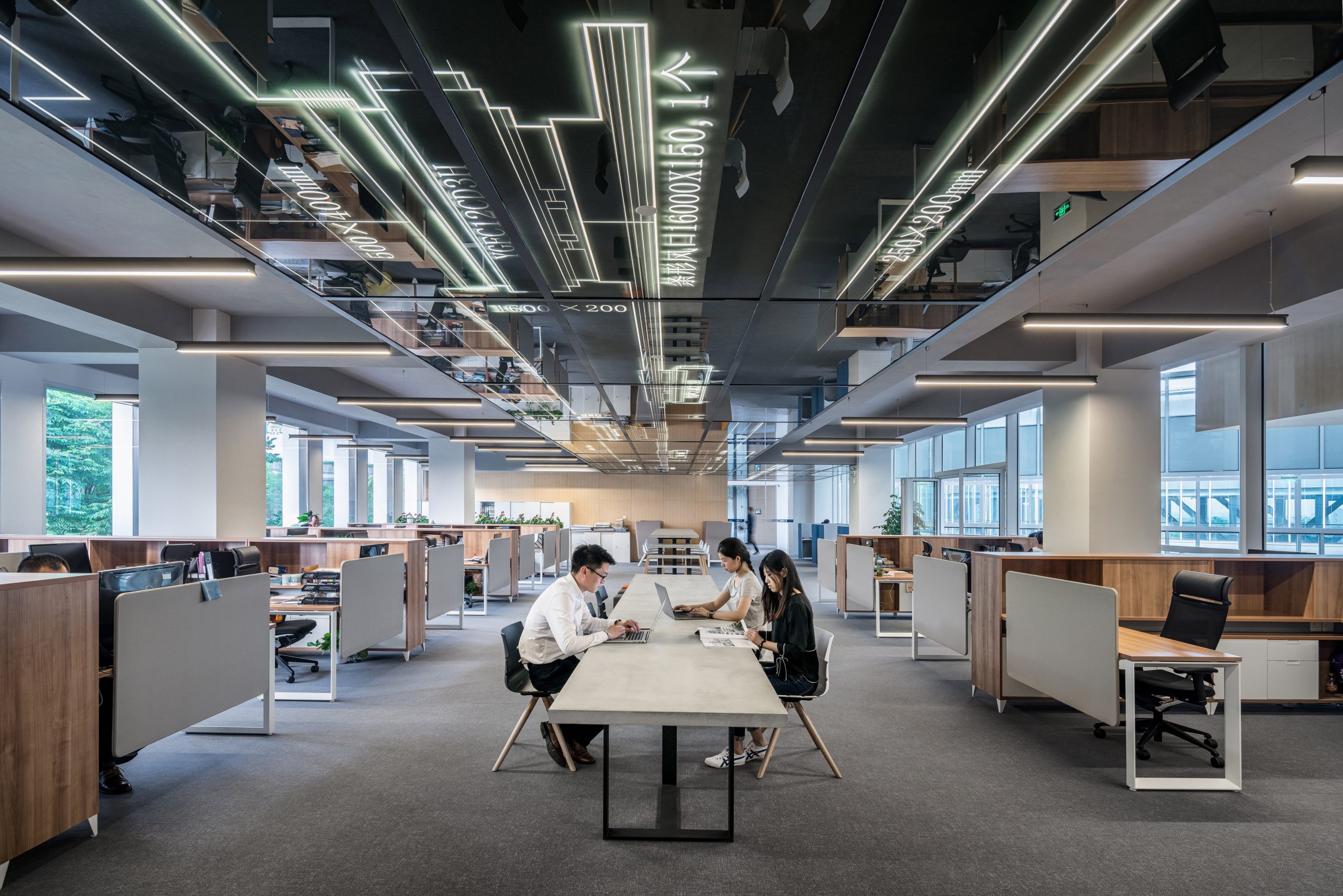The dynamic landscape of London’s commercial office space is transforming. With new trends reshaping the way businesses operate, understanding these changes is crucial for both investors and companies looking to establish or expand their presence here. This article explores the latest trends shaping commercial office space London market, offering insights into what these developments mean for stakeholders.
The Rise of Hybrid Workspaces
Hybrid workspaces are becoming increasingly popular. Companies seek flexibility to accommodate both in-office and remote work. This shift is driven by the need for adaptable spaces that can support various functions—from collaborative areas to quiet zones for focused work. These spaces are designed to foster productivity and enhance employee satisfaction, catering to the evolving needs of modern businesses.
Businesses are rethinking their office layouts in response to this trend. Traditional office designs with fixed desks and private offices are giving way to open-plan spaces. These offer hot-desking options and collaboration hubs. The goal is to create an environment that encourages innovation and teamwork while allowing employees the flexibility to choose their work setting.
Sustainability as a Priority
Sustainability has become a key consideration in the commercial office space market. Organizations are increasingly prioritizing eco-friendly features and practices in their office buildings. Energy-efficient lighting, water conservation systems, and eco-friendly materials are now standard expectations for new developments. These sustainability efforts not only reduce environmental impact but also attract tenants interested in reducing their carbon footprint.
The demand for green credentials in commercial properties is rising. Tenants are actively seeking buildings with certifications such as BREEAM or LEED, which demonstrate a commitment to environmental responsibility. This shift towards sustainability is driven by both regulatory requirements and a growing awareness of the importance of environmentally friendly practices.
Technology-Driven Office Solutions
Technology is playing a pivotal role in the evolution of commercial office spaces. Smart building technology is being integrated to enhance efficiency and convenience. From automated lighting and climate control systems to advanced security features, technology is transforming the way office spaces function.
Businesses are adopting digital tools to streamline operations and improve the overall tenant experience. Mobile apps that offer access control, room booking, and facility management are becoming commonplace. These technological advancements not only increase operational efficiency but also provide tenants with greater control and flexibility over their work environment.
Flexible Lease Options on the Rise
The demand for flexible lease options is growing. Businesses are seeking more adaptable rental agreements that align with their evolving needs. Shorter lease terms and co-working spaces provide the flexibility companies need to adjust to changing market conditions. This trend is particularly attractive to startups and small businesses that require agile solutions to accommodate growth and change.
Landlords are responding to this demand by offering flexible leasing arrangements. These agreements allow tenants to scale up or down as needed, reducing the risk associated with long-term commitments. This flexibility is providing businesses with the agility they need to thrive in an unpredictable economic landscape.
Reimagining Office Space Utilization
The concept of office space utilization is being reimagined. Businesses are focusing on creating spaces that encourage collaboration and innovation. This shift is driven by a desire to create environments that support teamwork and foster creativity. With the rise of hybrid work models, companies are rethinking how they use their office space to maximize productivity and employee engagement.
Office spaces are being designed to facilitate interactions and stimulate idea generation. Open-plan layouts, flexible meeting areas, and breakout spaces are becoming essential components of modern office designs. These spaces encourage spontaneous collaboration and help build a sense of community among employees.
Location, Location, Location
The location of commercial office spaces remains a critical factor. Prime locations in central London continue to be in high demand due to their accessibility and prestige. However, as remote work becomes more prevalent, businesses are exploring options in suburban areas and emerging neighborhoods that offer competitive rental rates and reduced commute times.
The shift towards decentralized office locations is driven by the desire to provide employees with a better work-life balance. By reducing commute times and offering a more relaxed working environment, businesses can attract and retain top talent. This trend is reshaping the landscape of London’s commercial office market, with new opportunities emerging in previously overlooked areas.
In summary, London’s commercial office space market is evolving to meet the changing needs of businesses and their workforce. With trends like hybrid workspaces, sustainability, technology-driven solutions, flexible lease options, reimagined space utilization, and strategic location choices, stakeholders must stay informed and adaptable. By understanding these trends, businesses can position themselves for success in this exciting and dynamic market.

